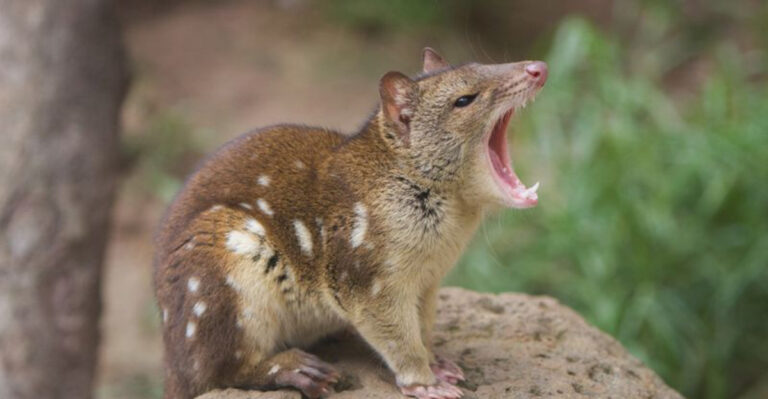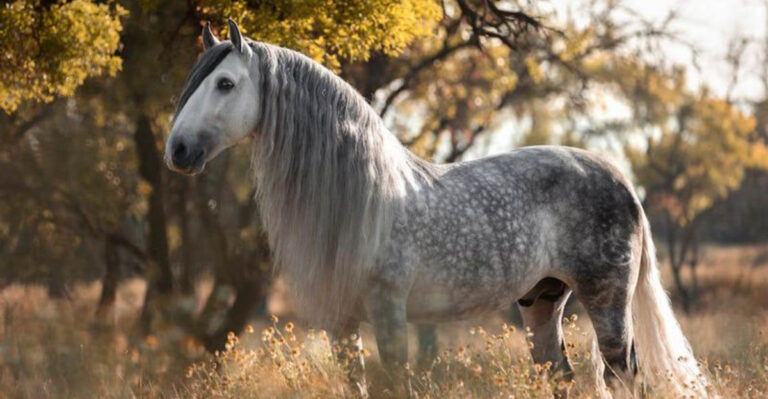How Do Stray Cats Survive Without Owners? 25 Amazing Adaptations
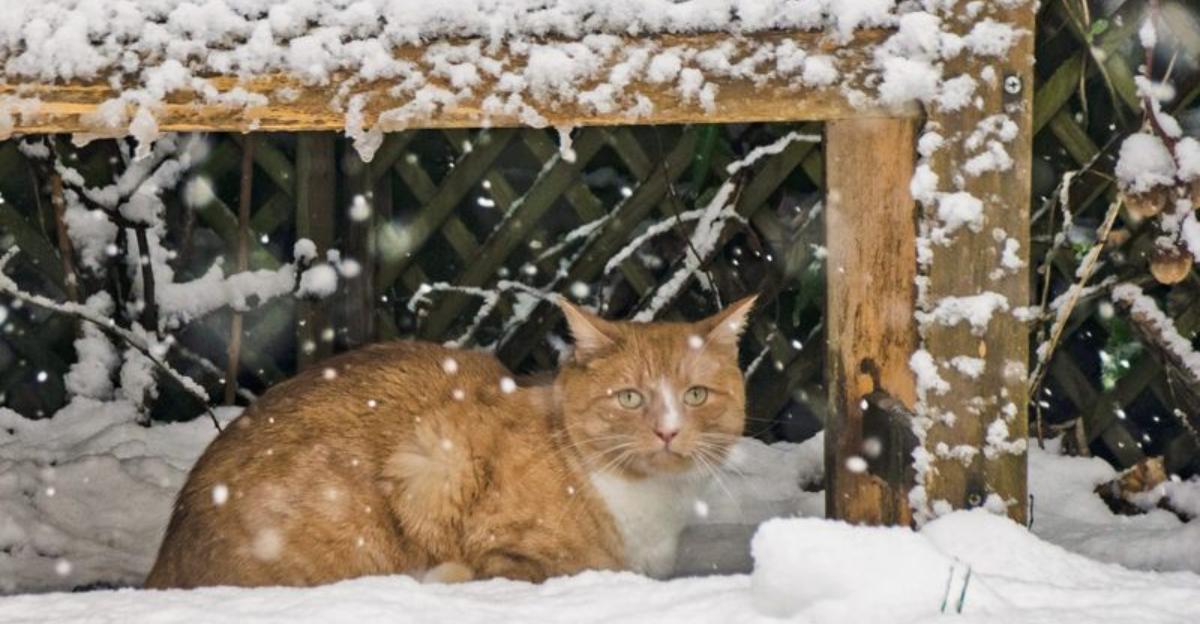
Ever wondered how those tough neighborhood felines manage to thrive without a cozy home? Stray cats are masters of survival, equipped with incredible adaptations that help them navigate life on the streets.
From hunting skills to social strategies, these resourceful creatures have developed remarkable ways to find food, shelter, and safety in a world without human caretakers.
1. Expert Hunters By Nature

Whiskers twitching and eyes locked on target, stray cats tap into their wild instincts when hunger strikes. Their specialized night vision allows them to spot the tiniest movements in dim light.
Each paw steps silently as they stalk mice, birds, and insects with incredible patience. This natural hunting ability means they don’t need fancy cat food to survive – the urban environment becomes their hunting ground.
2. Water-Finding Wizards
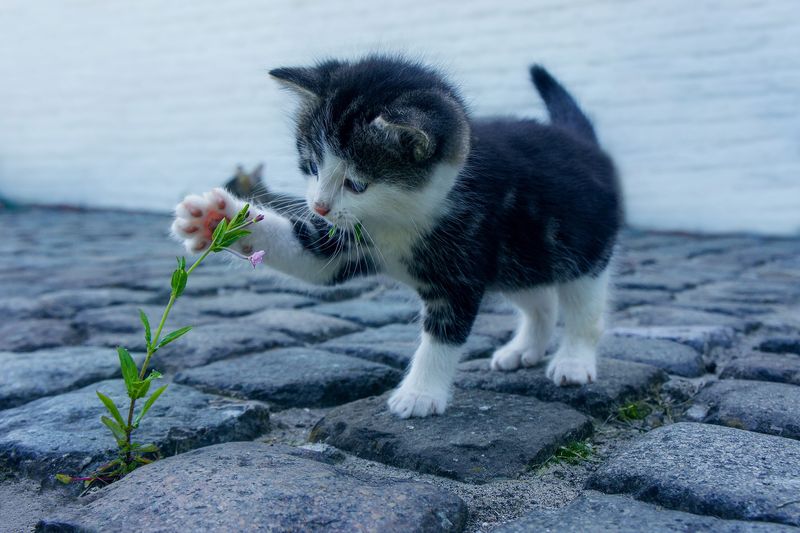
Unlike pampered house cats with water bowls, strays become experts at locating hidden water sources. They find puddles after rain, leaky outdoor faucets, and even morning dew collected on plants.
Their sensitive whiskers help detect moisture from a distance. Some clever cats learn to follow pipes that might lead to water sources or hang around sprinkler systems in parks and gardens.
3. Weather-Reading Abilities
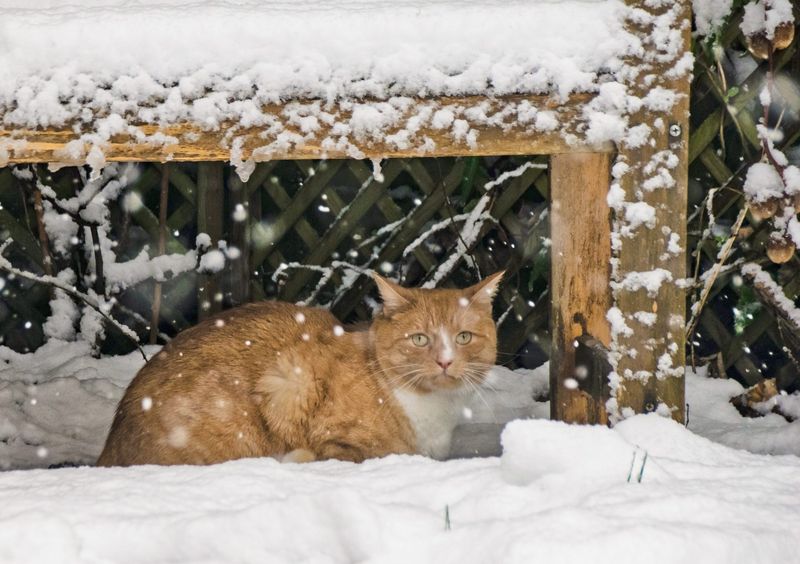
Rain clouds gathering? Strays seem to know it before we do. They’ve developed an uncanny ability to sense weather changes through barometric pressure shifts and wind patterns.
Before storms hit, you’ll notice them seeking shelter or higher ground. This sixth sense for weather helps them avoid getting soaked or caught in dangerous conditions, giving them precious time to find safe spots.
4. Dumpster Diving Champions

Garbage day means feast day for street-smart cats. They’ve mastered the art of safely exploring dumpsters and trash cans without getting trapped inside.
Their powerful sense of smell helps them detect food scraps among the rubbish. Many learn the neighborhood garbage collection schedule and show up right after restaurants close or before morning pickup, maximizing their chances of finding fresh leftovers.
5. Territory Mapping Masters
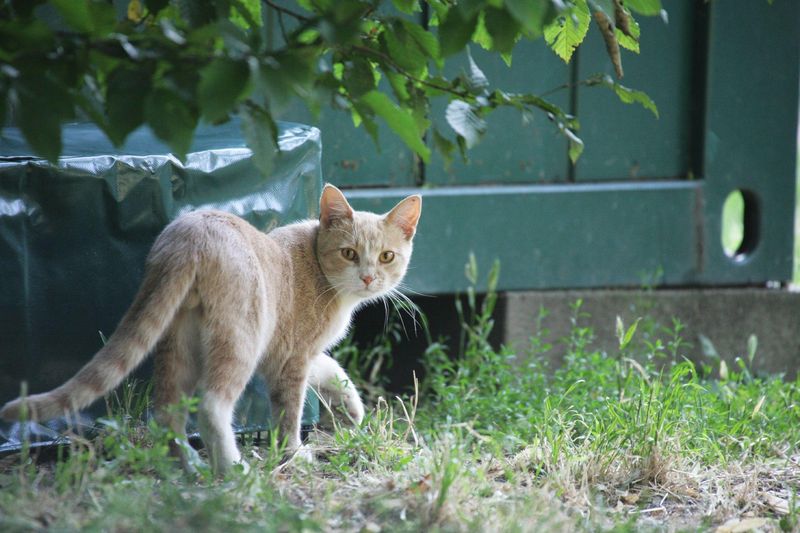
Lacking GPS devices doesn’t stop strays from creating detailed mental maps of their territories. They memorize every shortcut, hiding spot, and danger zone within their range.
Through scent marking and visual cues, they navigate complex urban landscapes with ease. This spatial awareness helps them find the quickest escape routes when threatened and the most efficient paths to food sources.
6. Energy Conservation Experts
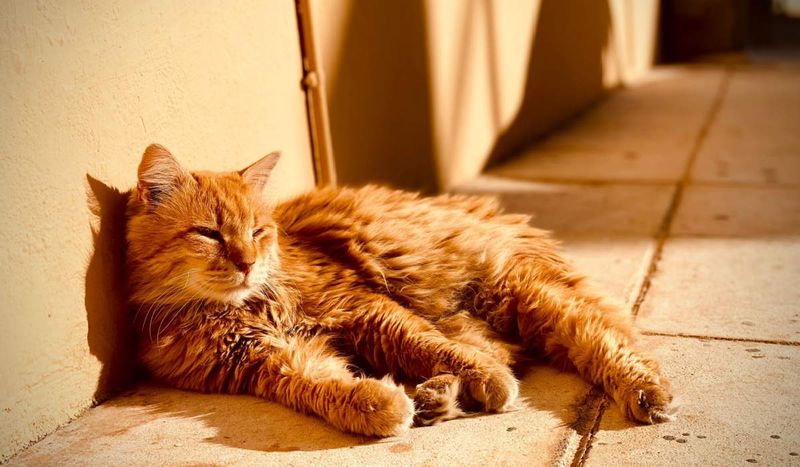
Napping isn’t just comfortable – it’s survival strategy! Strays sleep up to 15 hours daily, conserving precious energy when food might be scarce.
They’ve perfected the art of finding safe sleeping spots that balance sun exposure for warmth with protection from predators. This energy-saving approach helps them survive on fewer calories than their pampered counterparts, making each successful meal stretch further.
7. Coat Maintenance Without Brushes

No grooming appointments? No problem! Strays keep themselves surprisingly clean using their rough tongues as natural brushes. They spend hours removing dirt, parasites, and loose fur.
This self-grooming helps prevent skin infections and maintains their coat’s insulating properties. The rough texture of their tongue works like a comb, removing debris and spreading natural oils that protect them from rain and cold.
8. Seasonal Coat Changes
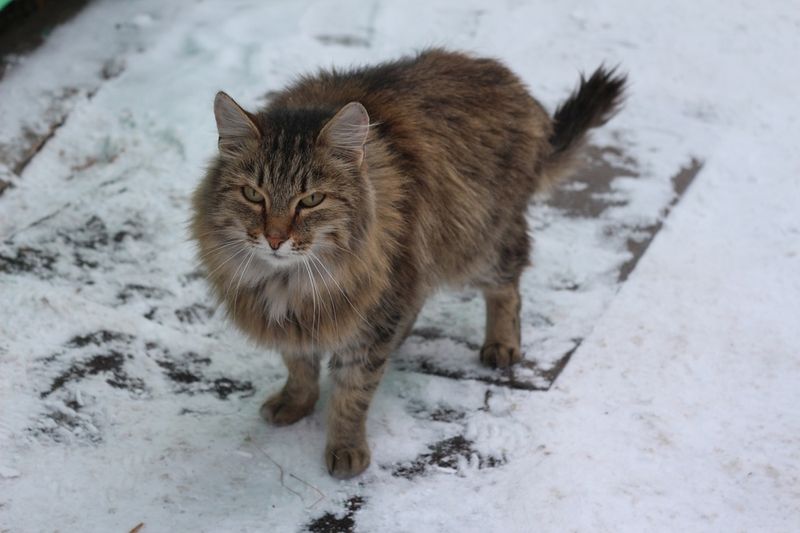
Mother Nature provides strays with built-in clothing changes! Their bodies automatically grow thicker winter coats when temperatures drop, creating a natural insulation layer against cold.
Come spring, they shed this heavy coat for a lighter summer version. This biological adaptation happens without any human help, allowing them to adjust to changing weather conditions throughout the year while maintaining optimal body temperature.
9. Shelter-Finding Ingenuity

Abandoned cars, crawl spaces, and storm drains become luxury apartments in the stray cat world. These clever creatures scout locations that offer protection from weather and predators.
They seek spots with multiple escape routes and minimal human traffic. Some even create nests using available materials like leaves and paper, demonstrating remarkable problem-solving skills when finding or creating shelter in seemingly inhospitable urban environments.
10. Communal Living Strategies

Despite their reputation for independence, many strays form colonies – groups that work together for better survival chances. These cat communities share resources and protection duties.
Stronger cats often hunt for weaker or older members. They also groom each other to reach difficult spots and share body heat during cold nights. This social structure provides safety in numbers against larger predators and improves survival rates.
11. Heightened Danger Awareness
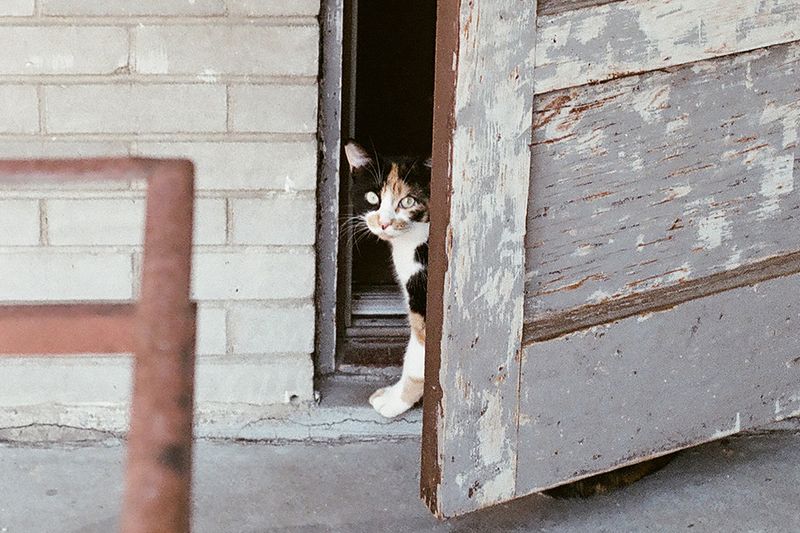
Life without human protection sharpens survival instincts dramatically. Strays develop an acute awareness of potential threats, from dogs to cars to malicious humans.
Their ears rotate independently to track sounds from different directions simultaneously. Their whiskers detect air movement patterns that might signal approaching danger. This constant vigilance helps them react quickly to threats that house cats might never encounter.
12. Food Caching Behaviors
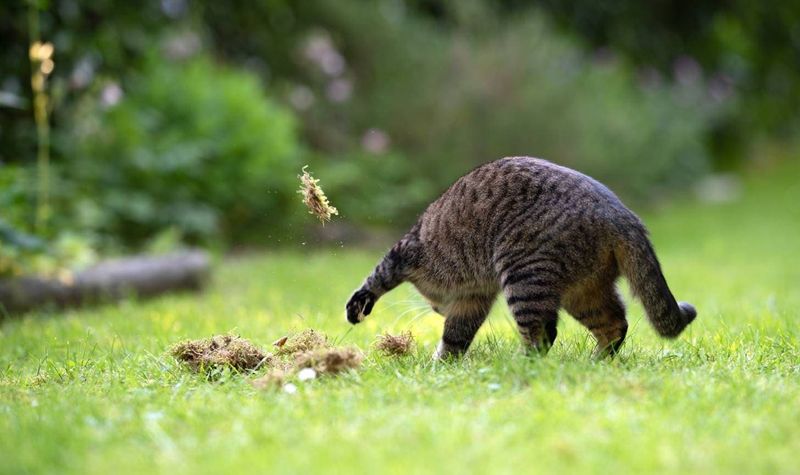
Squirrels aren’t the only ones who hide food for later! Some strays develop food-storing habits, burying or hiding portions of larger finds for future meals.
This behavior helps them through times when hunting is poor or competition is fierce. They remember these stash locations with impressive accuracy, often returning days later when hunger strikes again, creating a personal emergency food supply system.
13. Human Resource Recognition
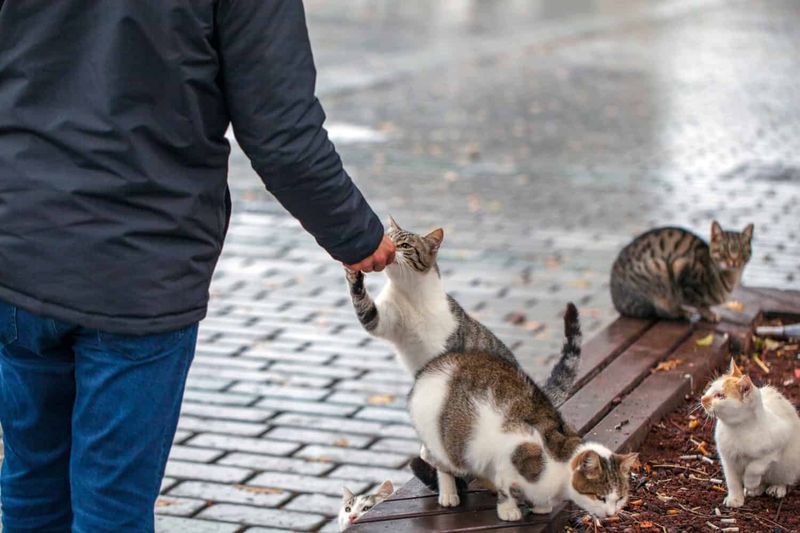
Street-smart cats quickly learn which humans represent food opportunities versus threats. They identify cat-friendly people who might offer regular meals or treats.
Many develop specific meows or behaviors that successfully trigger human sympathy. This human-reading ability helps them form beneficial relationships with neighborhood residents, restaurant workers, or dedicated feeders who become crucial parts of their survival network.
14. Opportunistic Feeding Patterns
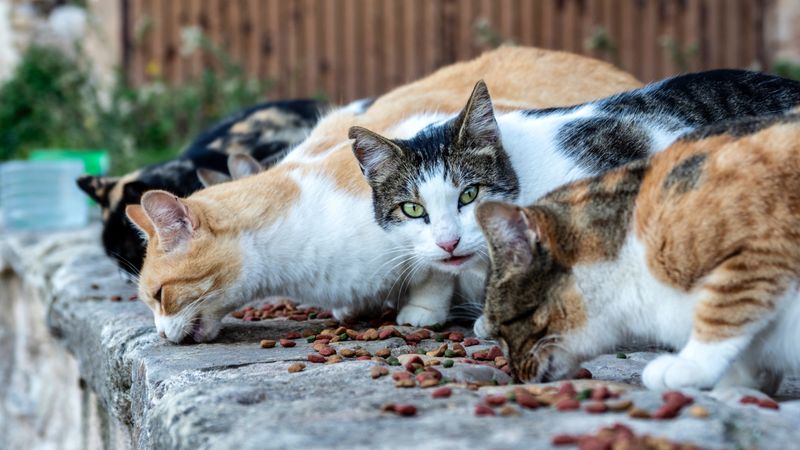
Unlike house cats with scheduled mealtimes, strays adopt an “eat when you can” approach. They never pass up a food opportunity, knowing the next meal isn’t guaranteed.
This adaptive eating pattern helps them take full advantage of unexpected food sources. Their digestive systems adjust to handle larger meals when available, storing energy as fat that sustains them through leaner times ahead.
15. Accelerated Learning Abilities
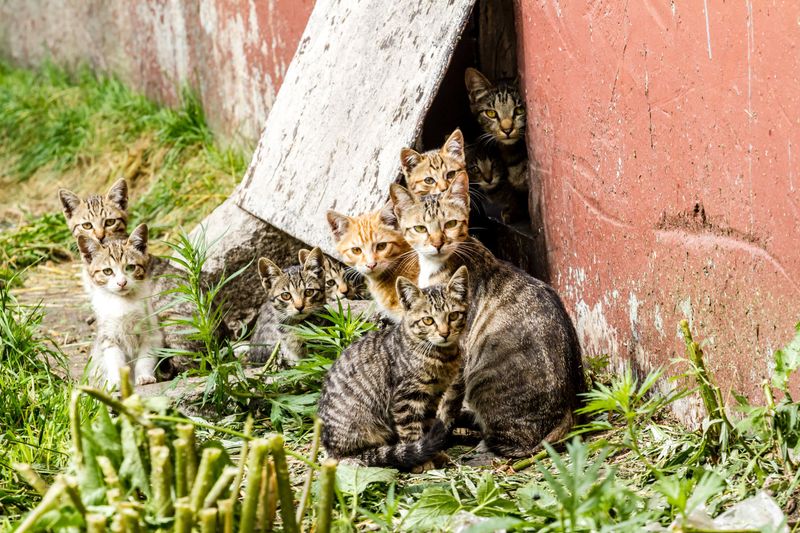
Street life demands quick learning – a slow cat is often a hungry cat. Strays rapidly develop problem-solving skills through trial and error with immediate consequences.
They learn which hunting grounds yield the best results at specific times. Many figure out how to open simple containers or access difficult food sources. This accelerated learning curve helps them adapt to changing urban environments much faster than pampered pets.
16. Extreme Temperature Adaptations
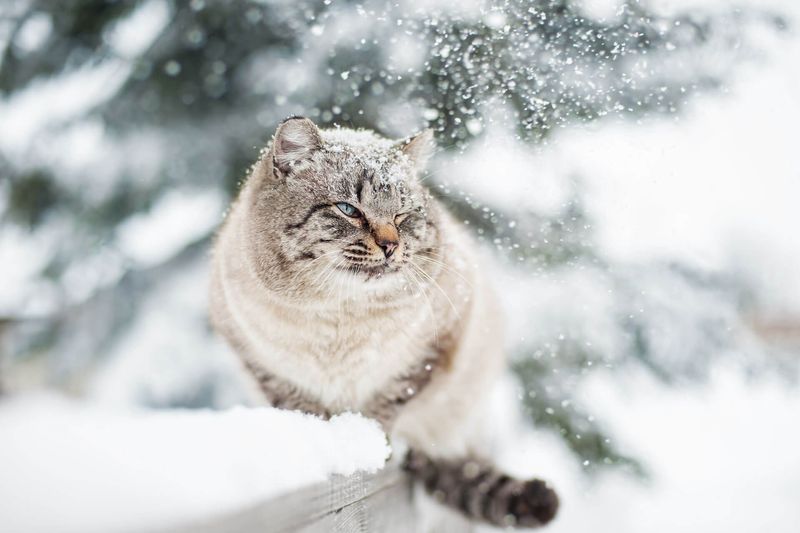
Freezing nights or scorching days don’t defeat these resilient animals. Strays learn to find sun-warmed surfaces in winter and cool, shaded spots during summer heat.
They adjust their activity levels based on temperature, becoming more nocturnal during hot spells. Their bodies develop thicker fat layers in colder climates, and they curl tightly to minimize heat loss, with tails wrapped around their faces for added warmth.
17. Heightened Climbing Abilities
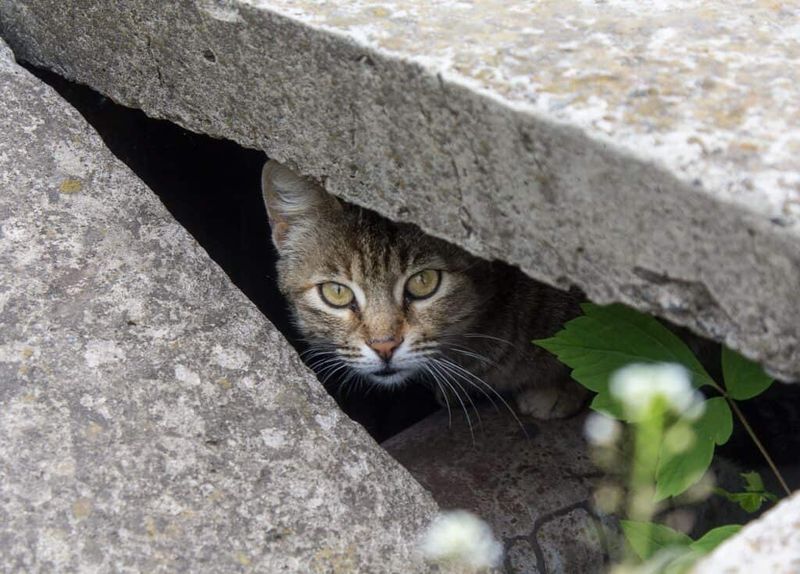
Freedom from cushy indoor life turns many strays into impressive climbers. They scale fences, trees, and buildings with ease to escape threats or access food.
This vertical mobility gives them crucial advantages over ground-based predators like dogs. Many sleep in elevated positions for safety, using their powerful leg muscles and sharp claws to reach heights that would surprise most pet owners.
18. Disease Resistance Development

Without veterinary care, strays naturally develop stronger immune systems through survival of the fittest. Those with better natural resistance to common diseases live to reproduce.
Their bodies become adept at fighting off minor infections and parasites without medication. While they still face health challenges, many develop surprisingly robust constitutions that help them recover from conditions that might seriously affect less hardy house cats.
19. Scent Masking Techniques

Staying undetected means staying alive for many strays. They’ve developed fascinating ways to minimize their scent when necessary, especially around potential predators.
Some roll in certain plants or dirt to mask their smell. Others avoid marking territory when larger animals are present. This scent management helps them hunt more successfully and avoid detection by both animal threats and humans who might remove them.
20. Multi-Resource Networking
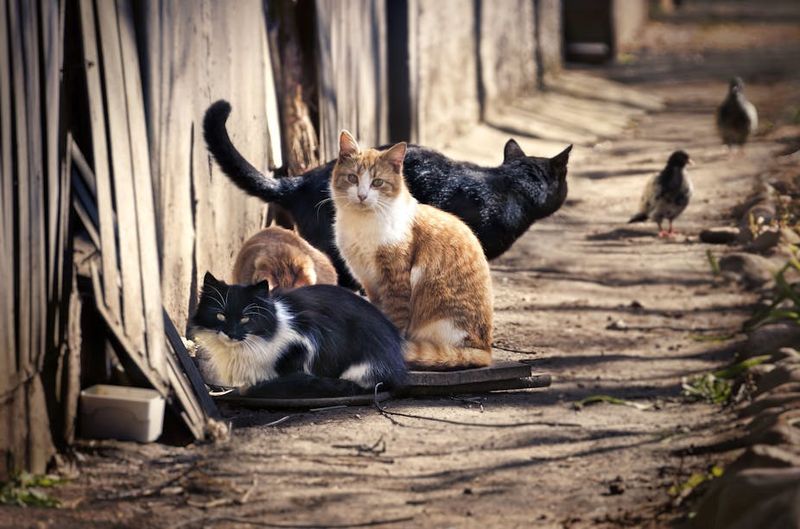
Smart strays never rely on just one food source or shelter. They establish routes between multiple resources, creating a network of survival options.
If one restaurant closes or a shelter spot becomes unavailable, they simply shift to alternatives. This diversification strategy protects them from catastrophic resource loss. Many maintain several water sources, food spots, and shelter locations within their territory.
21. Seasonal Behavior Adjustments

Spring brings different survival challenges than winter, and strays adjust their routines accordingly. They might expand hunting territories during abundant summer months or contract them to conserve energy in winter.
Breeding behaviors shift with seasons too. Many become more social during harsh weather, forming temporary groups for warmth, then returning to more solitary patterns when conditions improve.
22. Urban Navigation Skills

City streets become complex 3D playgrounds for street-savvy cats. They learn traffic patterns and which streets are safer to cross at specific times.
Many develop routes using drainage systems, alleyways, and building access points invisible to human eyes. This urban navigation keeps them moving safely through dangerous environments. They remember construction sites to avoid and quiet areas perfect for daytime rest.
23. Accelerated Maturity Timeline

Street kittens grow up fast – they have to! Young strays develop survival skills much earlier than their pampered counterparts, often hunting successfully by 3-4 months old.
They learn crucial lessons through observation and necessity. This compressed childhood helps ensure their survival without parental support. Young strays quickly master territory boundaries, danger recognition, and food acquisition – skills house kittens develop much more slowly.
24. Wound Self-Treatment
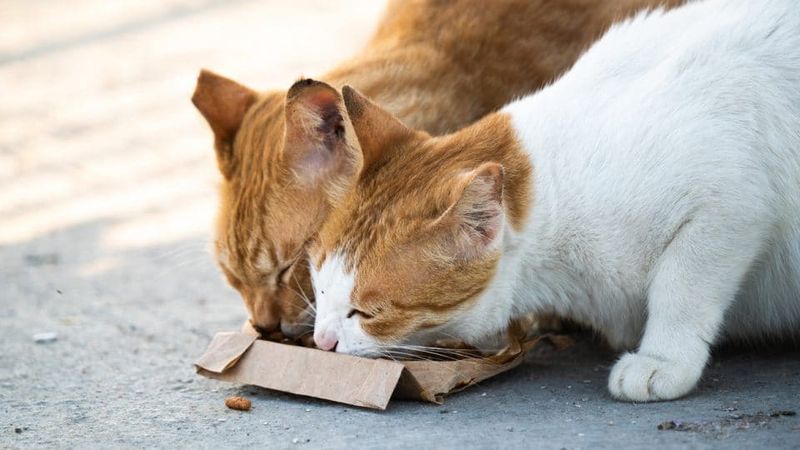
Lacking veterinary care, strays become their own doctors. Their saliva contains compounds that help clean wounds and fight certain bacteria.
They lick injuries persistently, removing debris and stimulating blood flow to speed healing. Many instinctively seek certain plants with antibacterial properties. Their bodies also enter intense rest modes when injured, conserving energy for healing rather than hunting or territory defense.
25. Noise Level Discrimination

Not all sounds mean danger – strays learn to filter environmental noise with remarkable precision. They distinguish between threatening noises and harmless background sounds.
A car door might signal potential food from a restaurant worker, while a dog bark triggers immediate flight. This sound filtering helps them conserve energy by not reacting to every noise in busy urban settings, responding only to genuinely important audio cues.



